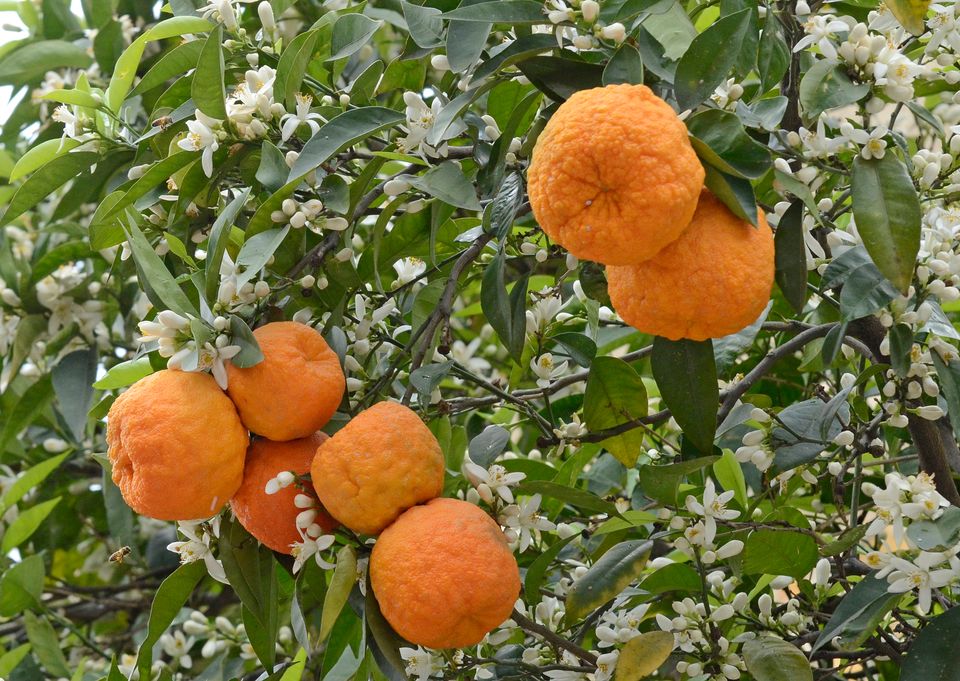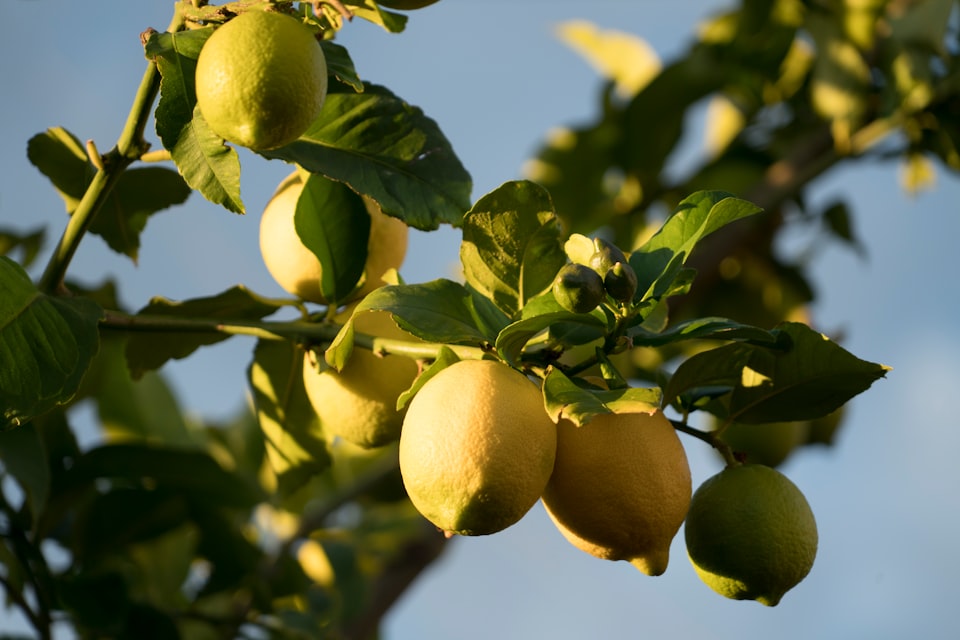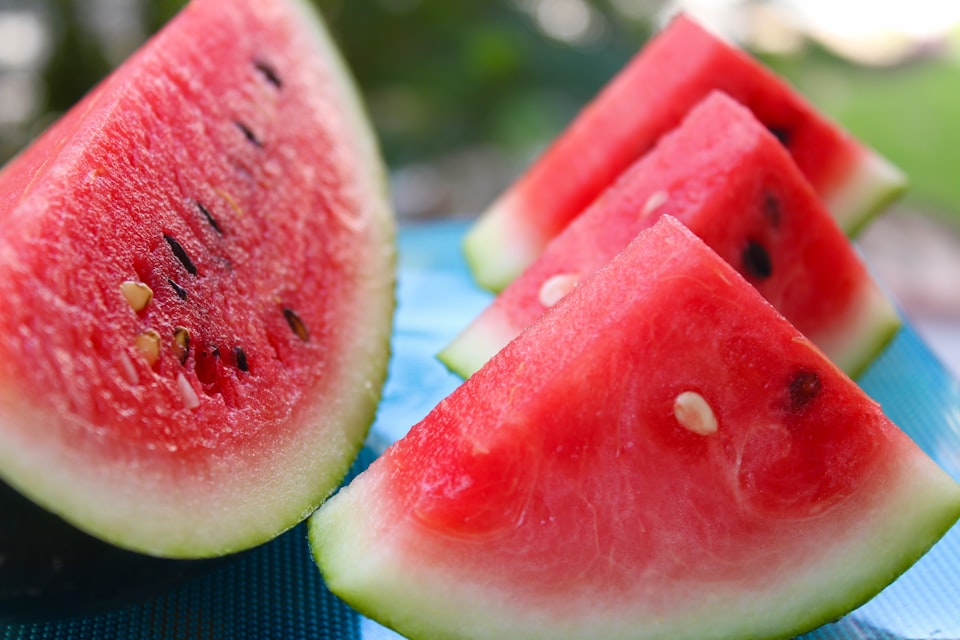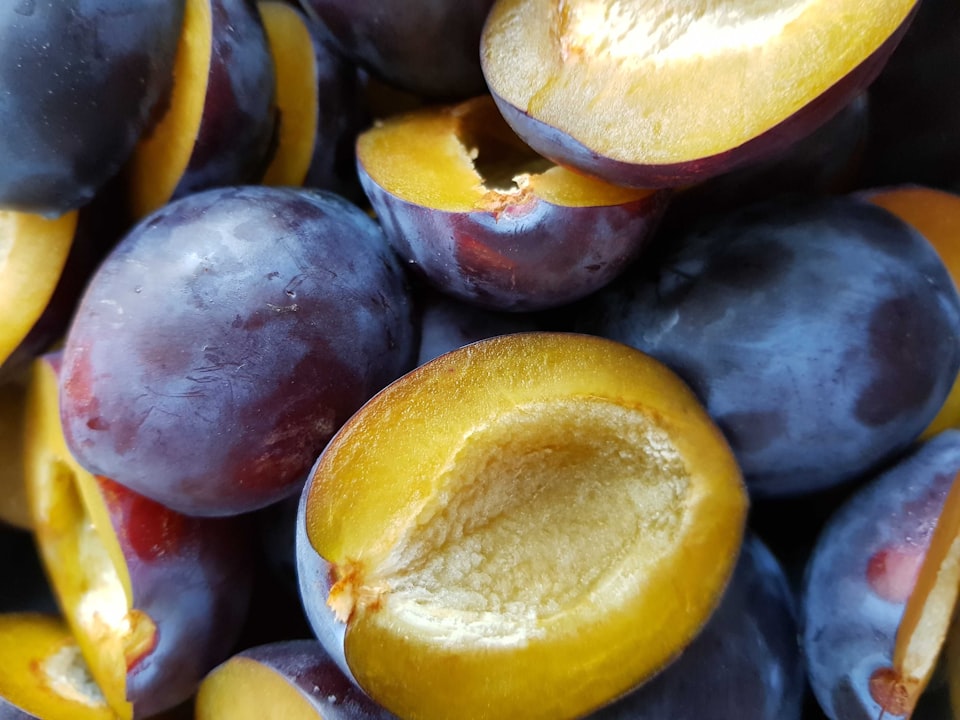VII: Currant
Americans hate currants because they love pines.
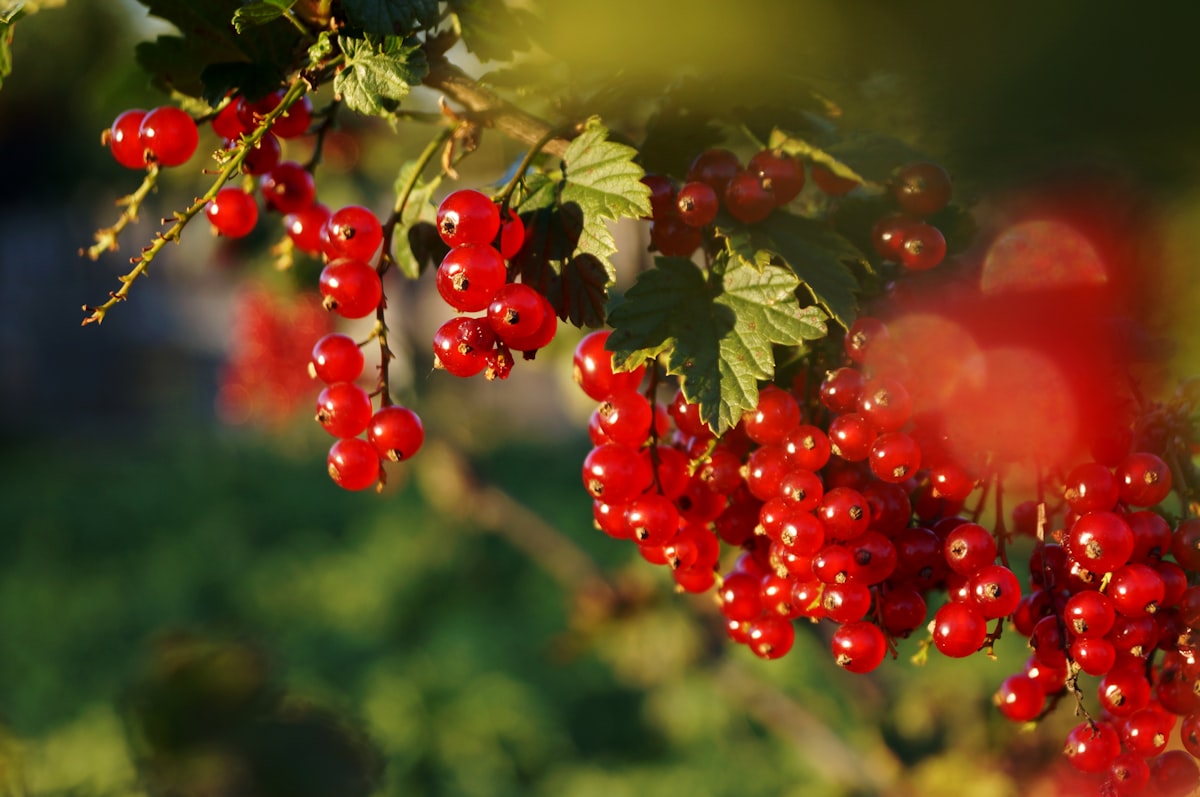
Good morning. Today is septidi, the 17th of Messidor, Year CCXXXI. We celebrate la groseille, the little intense berries of a shrub, or maybe dried grapes, depends.
💡
Currants were originally the raisins of a grape grown in Corinth, the ancient Southern Greek city, and they were surprisingly potent. Attempts to grow that varietal elsewhere continuously failed. Then, a berry of a similar taste profile was discovered by the Romans growing abundantly in Northern Europe, what we know now as the Ribes species. Having believed these were successful transplants, they named the berries corinths, which eventually became currants. The original Frankish word for the berry is the source of the French term groseille, which the British mispronounced as "gooseberry." Both are just words for red currants. Ribes species also grow black, golden, and white varieties of currant, with black being the most potent and sour.
If you're reading this in America, you've likely never eaten a currant. Perhaps you think of them as the little raisins on top of hot cross buns – technically correct, but a different berry – or maybe you've had a blackcurrant flavored beverage somewhere to get a hint of the taste. There's a reason currants of all colors are unpopular in the United States, and it's not because of some nationwide agreement on what tastes good. It's because we went to war on currants for 55 years.
